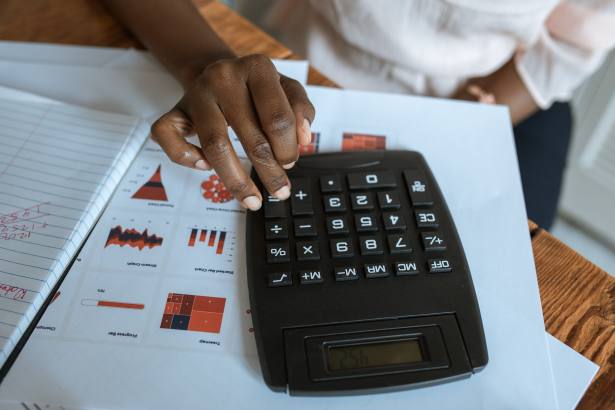
One of the things investors find most difficult to grasp is the various types of risk that apply to fixed income investing.
Many factors influence the performance of a bond, and many occur simultaneously
Recently, credit, default, duration and inflation and interest-rate risk have been the focus for most investors, so this article will concentrate on those.
Credit risk
Typically, credit risk is measured by the difference in yield (the spread) between the bond issued and a risk-free investment.
So, if a yield for a US treasury, as the risk-free investment, is 2 per cent and a corporate bond is yielding 5 per cent, the spread is 3 per cent.
The corporate bond yielding more implies it is seen as riskier.
A spokesperson for Pimco says: "Every bond carries some risk that the issuer will 'default' or fail to fully repay the loan – this is the greatest risk a bondholder will face.
"Independent credit rating services assess the default risk, or credit risk, of bond issuers and publish credit ratings that not only help investors evaluate that risk, but also help determine the interest rates on individual bonds."
Investors who purchase bonds with low credit ratings can potentially earn higher returns, but know there is an increased chance they will not get paid.
A Pimco representative says: "A decline in the financial health of an issuer of a bond can lead to an inability or unwillingness to repay a loan or meet a contractual obligation, therefore investors will demand a higher yield if that risk is higher than other bonds."
FundCalibre managing director Darius McDermott says credit risk will be higher in the high-yield area of the market (BB+ and below) than in investment grade (BBB to AAA rated by agencies).
He says: "Managers are saying that credit spreads on corporate bonds are now looking attractive though – in that you are being compensated quite adequately for the extra risk you are taking, especially in investment grade."
He adds: "They prefer high-quality investment grade over high yield for now and are avoiding deeply cyclical companies or those needing immediate refinancing. Financials are also coming up as ideas."
Default risk
Defaults were historically low prior to the pandemic and, with a swathe of government economic support, default rates remained very low during it.
But this is changing. In one week of April, nine companies defaulted globally, according to S&P.
Market participants highlight that investment grade default rates are usually close to zero, while high-yield credit default rates have declined to their lowest levels since 2014.
McDermott adds: "Defaults are normally an issue in the high-yield market rather than investment-grade markets. There is an expectation that defaults will rise if we end up in a long-lasting recession."








